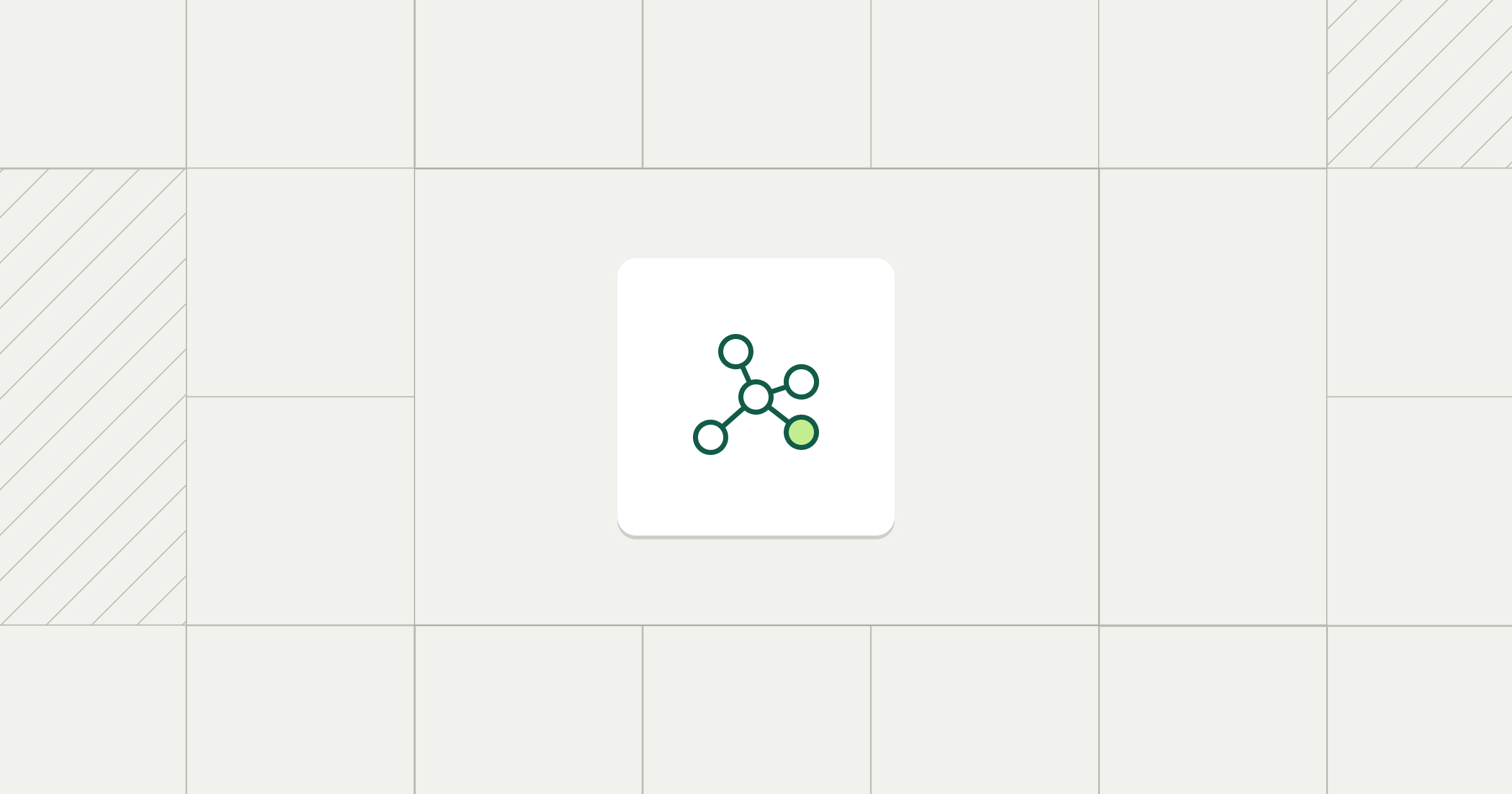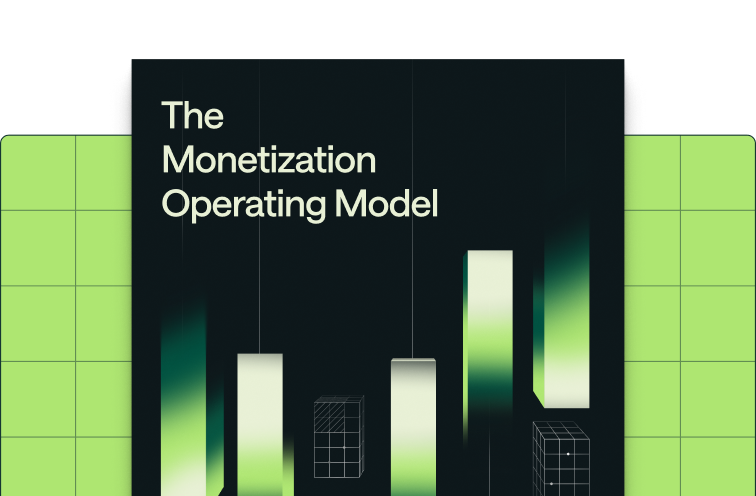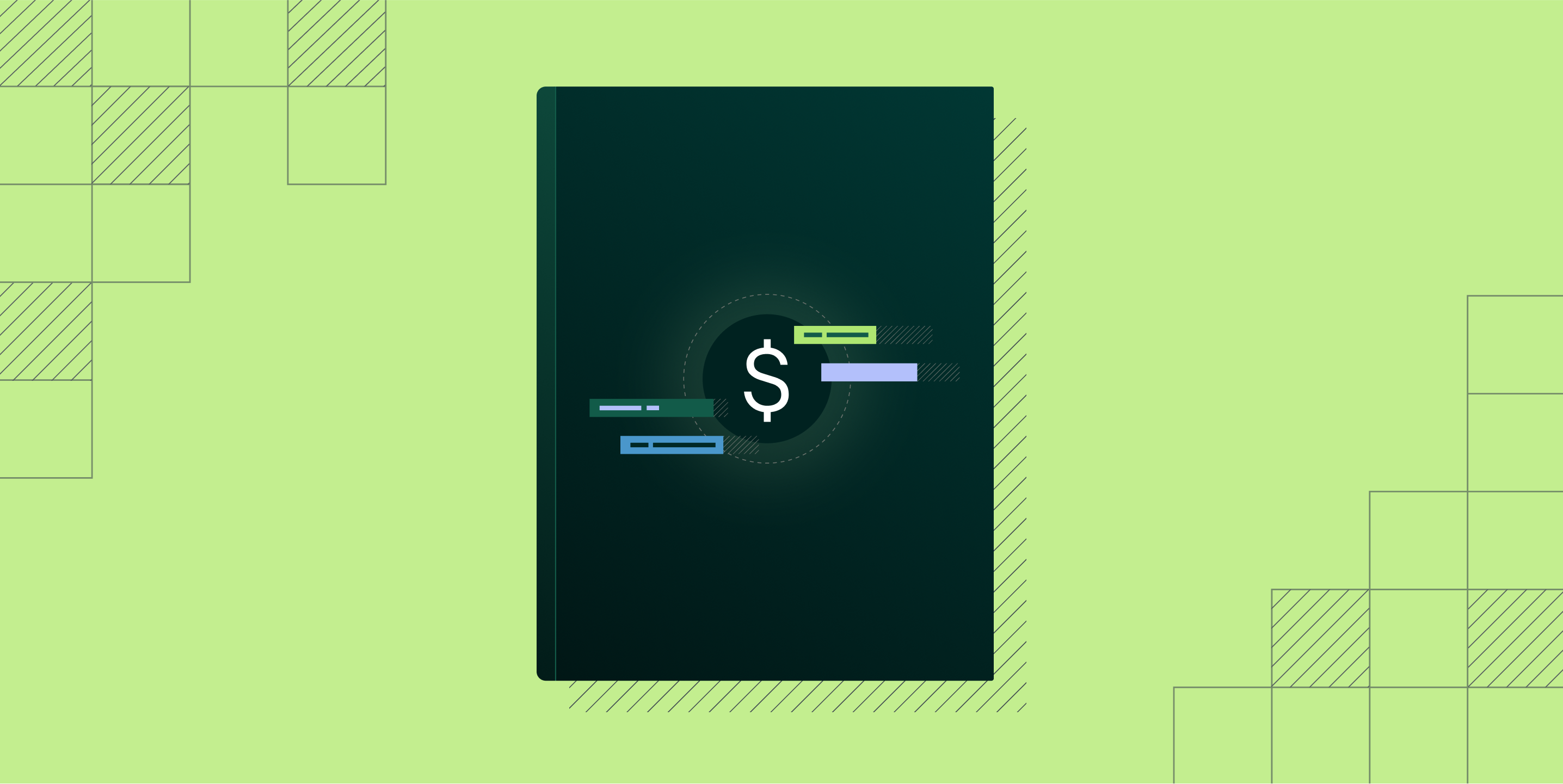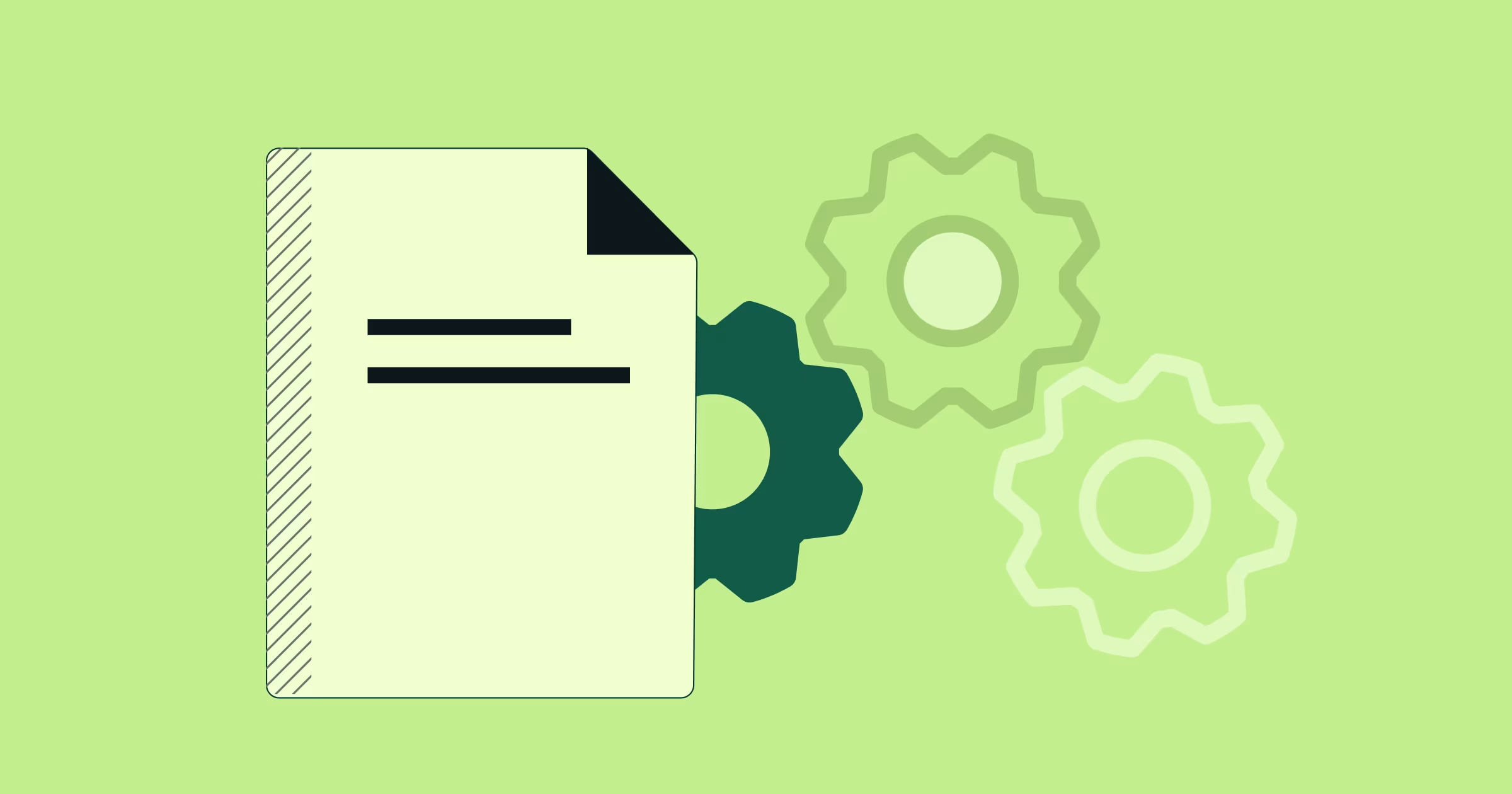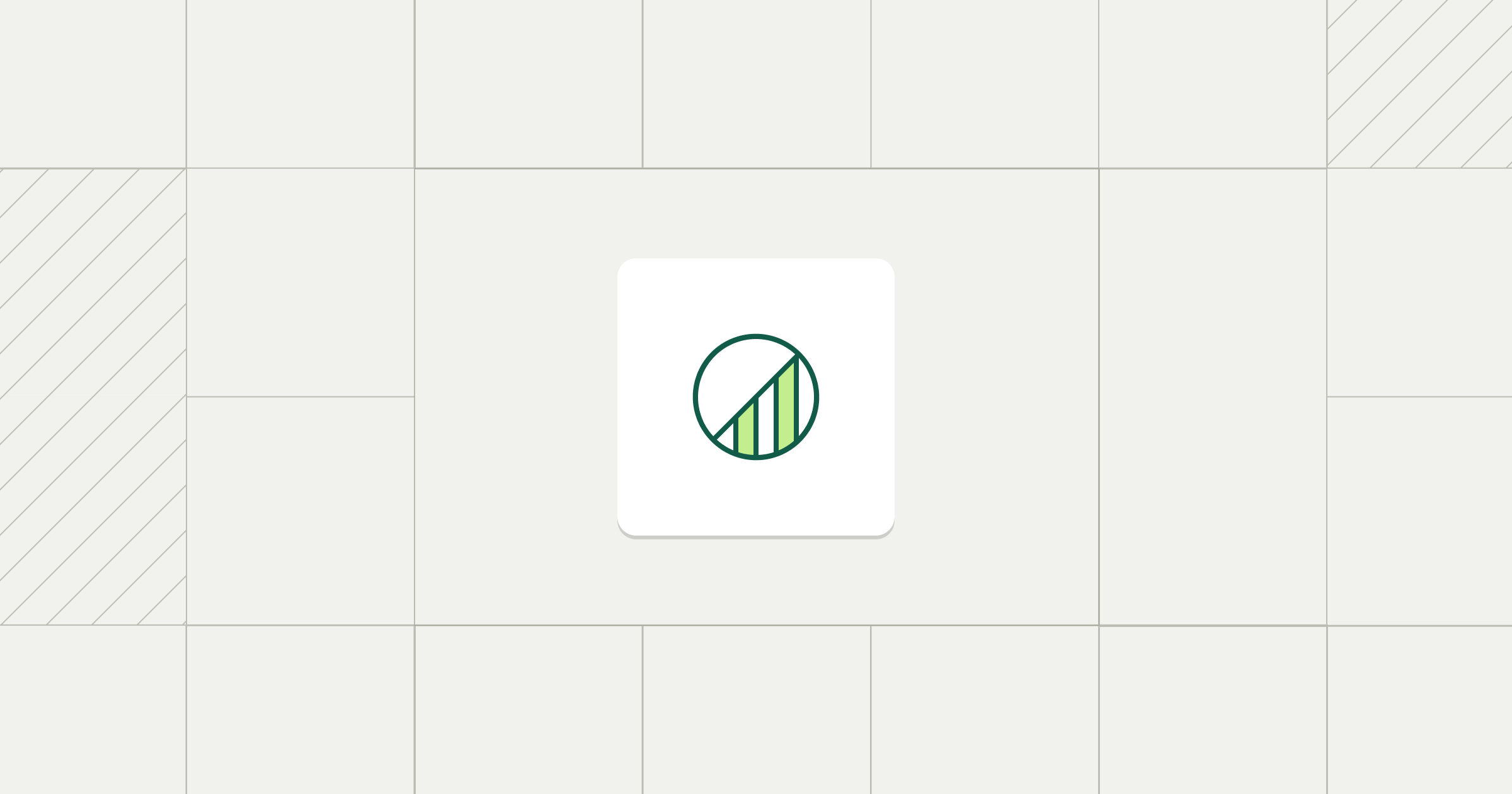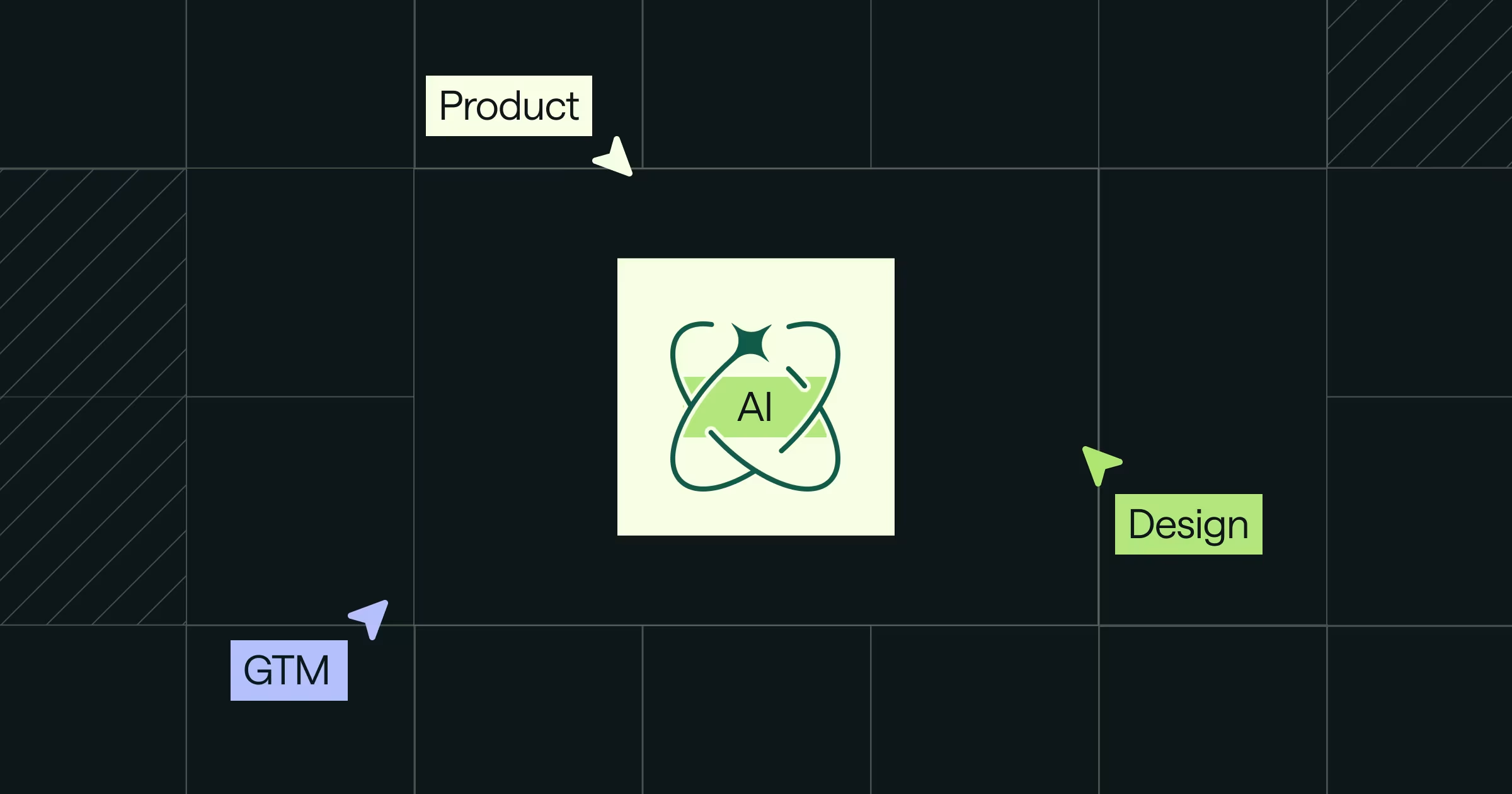Share
Every quarter, you race to ship new features, yet pricing often lags behind, leaving value on the table.
That gap between product velocity and monetization agility costs revenue. The right monetization model fixes this by turning pricing into a growth engine instead of a bottleneck.
Even modest improvements in monetization can have outsized impacts on revenue and may rival or surpass the effects of acquisition or retention initiatives.
When your pricing framework maps directly to how customers realize value, you accelerate adoption, align customer success with expansion potential, and create competitive differentiation that's hard to replicate.
{{widget-monetization-whitepaper}}What is a monetization model?
A monetization model is the systematic framework that converts product value into revenue. It defines when money changes hands, why customers pay, and how billing infrastructure supports your pricing strategy.
Most companies fail at monetization because they treat it as an afterthought. They build the product first and figure out pricing later. This approach can cost businesses millions in lost revenue and can create billing infrastructure that can't adapt as products evolve.
Inflexible infrastructure can cost you months rebuilding systems every time you need to test new pricing approaches.
Effective monetization models share six operational components that work together to create sustainable revenue growth:
- Value alignment: Pricing elements that match how customers actually realize value from your product, not how you think they should
- Revenue mechanics: How and when customers get charged: time-based subscriptions, consumption meters, outcome payments, or hybrid combinations
- Customer segmentation: Recognition that enterprise buyers and individual users need different pricing structures and buying motions
- Cost structure awareness: Understanding your actual cost to serve customers and maintaining healthy unit economics as usage scales
- Billing operations: Infrastructure that handles your chosen pricing approach without requiring engineering work for every pricing change
- Collection methods: Payment processing that works across your customer segments and pricing models: credit cards for self-service purchases, invoicing for enterprise procurement, automated billing for recurring charges
Companies that nail these elements usually see predictable cash flow, natural expansion revenue, and pricing that becomes a competitive advantage.
In fact, the most successful businesses today run hybrid approaches: base subscriptions for platform access plus usage-based charges for high-volume customers.
Your monetization framework should evolve as your product matures and customer needs change.
Treating monetization as a fixed decision rather than an iterative system is how promising revenue opportunities turn into missed growth targets.
Types of monetization models
Pricing should be a practical decision about how you capture revenue for the value you already deliver. Seven patterns emerge repeatedly across successful companies.
None is universally "better," but each aligns with a specific way customers experience value.
Usage-based pricing
Usage-based pricing directly aligns customer costs with consumption levels, meaning customers pay only for what they use (e.g., API calls, gigabytes stored, compute minutes, or any measurable activity).
This model works best for cloud platforms, developer APIs, and data processing services where value delivery scales directly with consumption and customers have variable usage patterns.
To set up usage-based pricing, you need to meter activity, define a unit price, and generate invoices based on actual usage
This transparency invites adoption because new users don't commit large budgets upfront, yet revenue scales as they succeed.
The primary challenges are instrumentation complexity and metric selection. You need robust metering infrastructure to track usage accurately, plus careful consideration of which metrics to charge for.
Forecasting also becomes more difficult since customer throttling usage in Q4 directly impacts cash flow, requiring investment in real-time reporting to manage both CFO and customer expectations.
Subscription-based pricing
Subscription pricing charges customers a fixed recurring fee at regular intervals for continuous access to your product or service.
This model works best for products or services where customers realize value through ongoing access rather than variable consumption. Great examples are project management tools, customer relationship management (CRM) systems, and streaming services.
The subscription model thrives when the cost to deliver each additional user is minimal and daily engagement is high. Risks appear when heavy users consume significantly more resources without paying additional fees, while light users question the monthly cost and churn.
Traditionally, many SaaS companies anchor their pricing here, layering usage or seat-based expansions on top when they need more growth capacity.
Freemium model
Freemium removes the paywall for core features while monetizing through premium upgrades, add-ons, or advanced functionality.
This model works best for collaboration tools and mobile apps where your marginal cost to serve free users is minimal and the aha-moment arrives quickly.
The upside of the freemium model is rapid top-of-funnel growth. That said, the downside is a support burden that compounds if conversion stays low.
Collaboration tools and mobile apps have refined this approach through careful unit economics. A small percentage of paying users generates enough revenue to cover the costs of serving all free users. These paying customers also provide valuable feedback on which premium features actually drive conversions.
Transactional (one-off) pricing
Transactional pricing charges customers per completed transaction, purchase, or discrete deliverable rather than ongoing access or usage.
This model works particularly well for B2B fintech companies and payment processors.
Examples include companies like Stripe charging per payment processed, banks charging per wire transfer, identity verification services charging per document check, or business services charging per completed transaction.
The model shines when purchases are infrequent but high intent, and when buyers prefer paying only at the moment of need. The catch is volatility; a slow week in the market equals a slow week in revenue.
Revenue tracks deal volume, so growth relies on constant acquisition or a higher average order value.
Hybrid model
Hybrid pricing combines multiple pricing elements, typically blending a base subscription fee with variable usage charges to capture both access and consumption value.
You might bundle a subscription that covers platform access, support and security, then add usage pricing for AI features, storage, or compute above included limits.
This model works best for SaaS application companies that deliver both platform access value and variable consumption value to different customer segments.
Here are some examples:
- Miro includes 50 AI credits per member monthly in their Business plan
- Airtable now bundles 20,000 AI credits per paid user in their core subscriptions
- Windsurf offers per-seat credits with pooled credits add-ons
- Intercom combines seat-based pricing with outcome-based AI Agent fees at $0.99 per resolution
Done well, hybrids satisfy finance teams that crave stable commitments while preserving upside when customers scale in volume. Done poorly, they confuse buyers and overwhelm billing operations.
Many SaaS application companies adopt this approach because their products combine consistent platform value with variable consumption that scales with customer success, especially as AI features create new usage patterns that don't fit traditional seat-based models.
Outcome-based pricing
Outcome-based pricing ties charges directly to measurable business results or performance improvements rather than effort or access.
In other words, if your product directly produces results clients care about, like sales generated, energy saved, or risk reduced, then you can charge for the result instead of the effort.
Agencies that run pay-per-lead campaigns, customer support companies that charge per resolution, and performance marketing platforms that charge based on conversions thrive here because the causal link between product and outcome is clear.
This pricing model aligns incentives better than any other approach because clients pay only when they win, and you earn premium rates for delivering.
That said, you should expect protracted negotiations over how outcomes are measured and audited, plus delayed revenue recognition while results materialize.
Tiered packaging
Tiered packaging structures software features and capabilities into different offerings (e.g., Basic, Pro, Enterprise) that can use any pricing model underneath.
This packaging approach works best when you serve diverse customer segments with different needs and budgets. The key distinction is that packaging determines what customers get, while the pricing model determines how they pay for it.
For example, a collaboration tool might offer a Basic package with core features, a Professional package with advanced integrations, and an Enterprise package with security controls—all using subscription pricing. Alternatively, an API company might offer the same three packages but charge based on usage volume instead.
The benefit is simplified choice architecture for buyers and built-in upsell paths that let procurement teams compare options while creating natural expansion revenue opportunities.
The danger is feature bloat: if the gap between packages feels arbitrary, buyers stall or negotiate down. The key is ensuring each package delivers clear value that justifies the price difference.
Monetization models in practice
Here are four examples of how real companies use monetization models that align with how their customers see value.
OpenAI: Usage-based billing at scale for APIs
OpenAI moved from manual billing scripts to automated usage-based pricing that scales with actual API consumption for their developer platform.
They needed a billing system that could handle millions of self-serve developers and enterprise customers paying for what they actually use — API calls, model invocations, and compute time.
The usage-based model aligns perfectly with how developers perceive value: they pay based on how much they actually use the service rather than seat counts. This pricing approach has enabled OpenAI to scale rapidly while maintaining pricing fairness. Customers who use more pay more, and those experimenting pay less.
DataStax: Cloud-first usage-based pricing
DataStax transitioned from traditional on-premise licensing to cloud-based usage pricing for their Astra database service.
They implemented a model where customers pay based on actual data processing, storage, and transfer volumes rather than upfront license fees. This aligns with how customers perceive database value — the more data they process and store, the more business value they derive.
The usage-based approach has allowed DataStax to reduce the monthly book close time from over five days to two to three hours and enabled pricing changes in just three days instead of weeks.
Starburst: Hybrid pricing (that enabled product-led growth)
Starburst launched its Galaxy analytics platform with a hybrid model combining subscription access with usage-based consumption charges.
They provide a base subscription for platform access while charging additional fees based on query processing and data volumes.
This pricing structure recognizes that customers value both having reliable access to the platform and paying fairly for actual usage intensity. The model has enabled them to support both self-serve developers and enterprise customers through a single billing system.
How to Choose a Monetization Model
Most successful businesses implement multiple monetization models simultaneously. They combine subscription foundations with usage components, tiered packaging, or outcome-based elements.
A systematic, product-first selection process helps you identify which models align with your specific value delivery patterns and prevents costly re-platforming later.
Identify how you deliver value
Start by mapping the primary way customers realize value today, not the way you wish they did.
Here are some examples:
- User-driven work like project management and CRM delivers value through ongoing access, making subscription cores effective for predictable revenue.
- Services where value scales with usage, including APIs, AI inference, and data processing, create value that increases with consumption volume, pointing toward usage-based or hybrid structures.
- Outcome delivery, such as performance marketing or customer support resolutions, focuses clients on results, lending itself to outcome-based pricing tied to actual business impact.
Most products combine these patterns.
Which means you should probably plan for a hybrid approach that aligns each pricing element with the specific part of your product that creates value.
The main goal is to match cost-to-value delivery across different customer behaviors.
Run a systematic selection process
A clear framework keeps decisions grounded in data instead of opinion.
Define your business objective first.
Here are some examples of how business objectives can affect which monetization example you choose:
- Cash flow optimization favors predictable subscription structures
- Market share growth benefits from low-friction freemium approaches
- Expansion revenue maximizes through usage-based frameworks
Then, segment customers by behavior patterns. For example, heavy versus light users and self-serve versus enterprise buyers often need different economics.
After that, model revenue scenarios using real usage data or conservative assumptions to compare subscription, usage, and hybrid projections.
Prototype pricing concepts through A/B tests of pricing levels, usage allotments, or outcome metrics with small cohorts. And validate willingness to pay by combining price-sensitivity surveys with observed conversion data to cut through stated-preference bias.
During this test, measure early indicators including activation, expansion, and churn before rolling out globally. Iterate quarterly since market conditions shift faster than finance cycles.
Treat pricing as a living feature, not a one-time launch decision. Teams following this approach replace endless internal debates with pricing experiments.
Implement your new monetization model strategically
Start simple, then add complexity only where it measurably improves alignment.
Most companies use a combination of pricing models. But combining multiple approaches shouldn't be an excuse for confusing menus. It should be a pragmatic way to match cost to value across segments.
Here are some things to keep in mind:
- Consider who uses versus who pays. Developer tools often see engineers driving adoption while finance signs checks. Low-friction free tiers plus predictable commit levels satisfy both stakeholders.
- Match your approach to go-to-market (GTM) motion. Product-led growth relies on self-service upgrades, making transparent pricing essential. Sales-led deals favor multi-year subscriptions with volume discounts, custom terms, and usage overage clauses that accommodate enterprise procurement processes.
Also remember that your current billing infrastructure determines strategic flexibility.
Usage-based and outcome-based approaches need real-time metering capabilities. Tiered subscriptions require automated renewal systems.
If your billing system can't support rapid experimentation, your strategy gets limited to what the tool can handle, which can be a dangerous constraint when market conditions demand pricing agility.
Choose deliberately now, build flexibility to change later, and turn revenue generation from an afterthought into a repeatable growth lever.
Turn monetization into a growth lever
When pricing speaks the same language customers use to measure success, revenue compounds naturally.
But choosing your monetization model/s shouldn’t be the end. Track leading indicators quarterly to ensure your pricing model still aligns with your goals:
- Activation rate: How quickly new users reach first value
- Expansion behavior: Seat upgrades, overage purchases, feature add-ons
- Perceived fairness: Qualitative feedback in support tickets and NPS comments
- Retention metrics: Logo and net revenue retention across cohorts
Because pricing touches every customer interaction, revisit it whenever product capabilities, usage patterns, or competitive dynamics shift. Think of pricing pages like release notes, meaning ship small, test quickly, roll back if needed.
{{widget-monetization-whitepaper}}Monetization model frequently asked questions (FAQs)
How do I know if I should switch from subscription to usage-based pricing?
The decision depends on how your customers realize value and whether usage variability creates pricing misalignment.
Switch when heavy users significantly underutilize your current pricing while light users feel overcharged. Usage-based pricing works best when value scales directly with consumption (API calls, data processing, compute time) and when customers can predict and control their usage.
Metronome helps companies transition gradually through hybrid models that combine subscription predictability with usage-based growth, allowing you to test usage pricing with specific customer segments before full migration.
Can I test different pricing models without disrupting existing customers?
Yes, modern billing infrastructure supports pricing experimentation through customer segmentation, feature flags, and grandfathering logic.
You can test new models with specific cohorts while maintaining existing customers on their current plans. Metronome's versioned pricing system enables safe A/B testing of usage tiers, hybrid structures, or outcome-based models without affecting billing accuracy or customer trust.
The key is having infrastructure designed for experimentation rather than static pricing deployments.
How do hybrid pricing models actually work in practice?
Hybrid models combine multiple pricing elements to match different types of value delivery.
A typical structure includes a base subscription fee for platform access and support, plus usage charges for variable consumption like API calls or data processing.
For example, you might charge $100 per month for core features plus $0.10 per API call above 10,000 monthly calls. This satisfies enterprise buyers who need predictable budgets while capturing expansion revenue from high-usage customers.
Metronome handles the complexity of billing multiple components automatically.
What's the biggest mistake companies make when choosing monetization models?
The biggest mistake is choosing based on what competitors do or what billing systems can handle, rather than how customers actually realize value.
Companies often default to subscription pricing because it's "simple" even when their product delivers variable value, or copy usage-based models without considering customer predictability needs.
With Metronome, you can match your pricing strategy to customer value patterns rather than being constrained by billing system limitations.
How do I prevent revenue leakage when implementing usage-based pricing?
Revenue leakage in usage-based models typically comes from inaccurate metering, delayed billing, or manual reconciliation errors. Prevention requires real-time usage tracking, automated billing calculations, and comprehensive audit trails.
Metronome eliminates common leakage sources through accurate usage ingestion, automated rate application, and real-time billing validation. The platform also provides usage dashboards for customers, reducing disputes and support tickets about unexpected charges.
How quickly can I implement pricing changes with modern billing infrastructure?
With Metronome, pricing changes deploy in minutes through configuration interfaces rather than engineering sprints. You can adjust rates, modify tier structures, or test new usage metrics without code deployments.
Traditional billing systems require weeks or months for pricing changes due to engineering dependencies.
This speed enables rapid response to competitive pressure, customer feedback, and market opportunities—turning pricing into a competitive advantage rather than an operational constraint.
